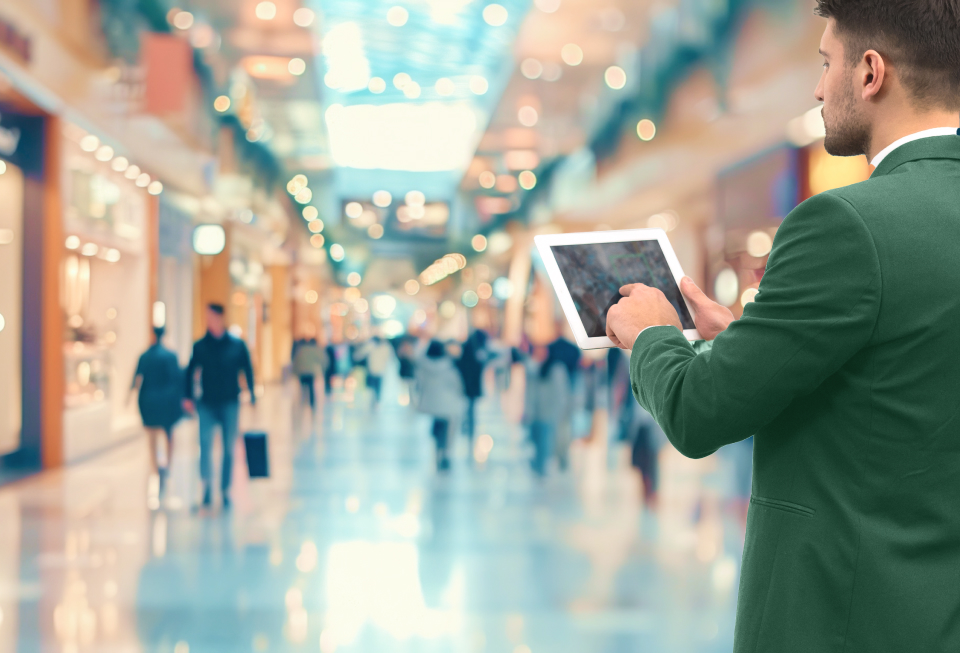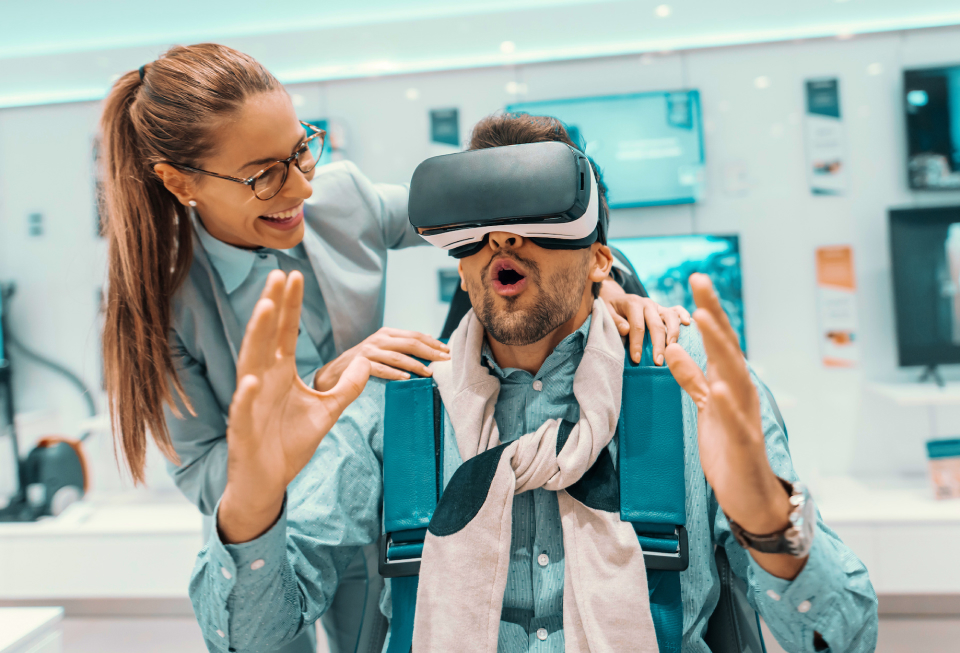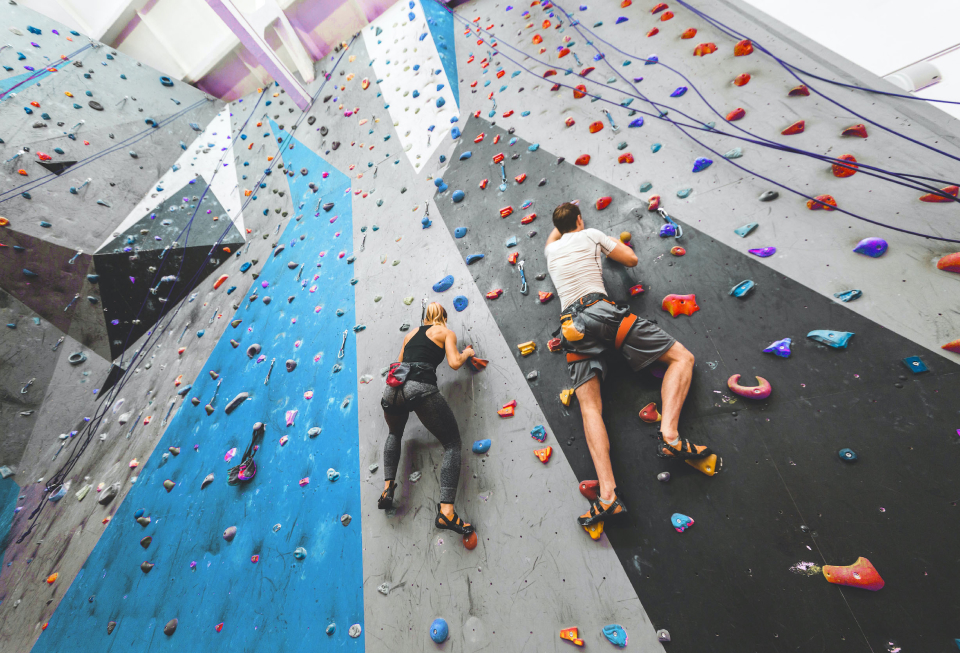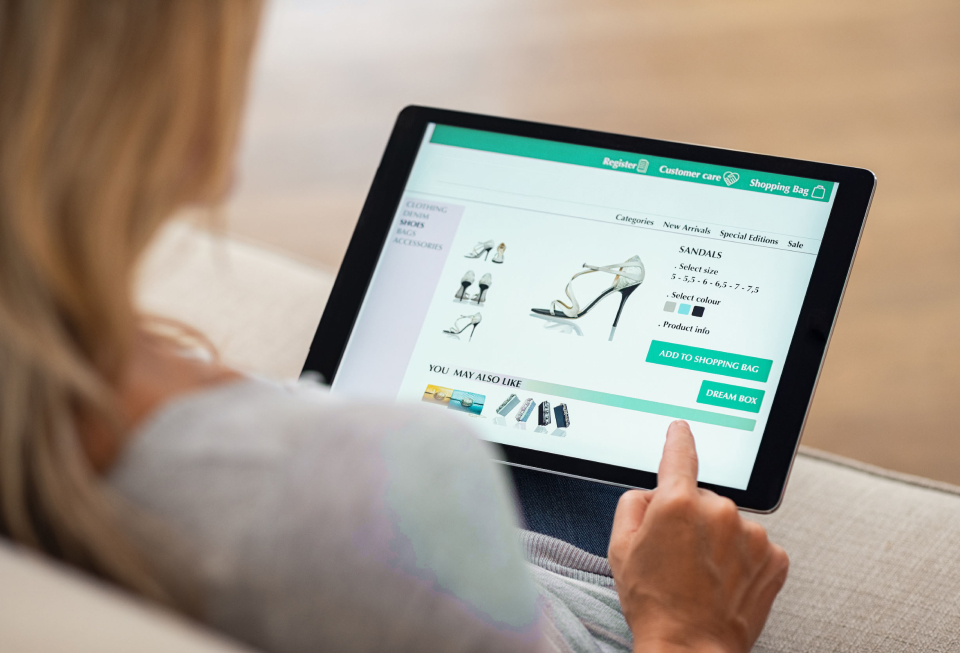Today’s shopping experience is about so much more than just the physical products on display. Shoppers crave experiences they can share with family and friends.
This is an exciting opportunity for shopping malls to create unique and engaging experiences that connect with customers on an emotional level. By thinking out of the box, you can increase footfall and boost loyalty, which ultimately means more revenue for you and your tenants.
Discover how to improve the shopping experience in your mall and ensure long-term success.
Shopping experience definition
The term “shopping experience” refers to all the encounters a customer has with a retailer, from the first interaction right through to the transaction and beyond. How customers view their shopping experience is all about feelings, emotions and sensations.
Why is the shopping mall experience important?
Investing in the shopping mall experience is crucial to long-term success. Experiences can help attract visitors to your shopping mall, encourage them to stay longer, and lure them back.
What makes a pleasant shopping experience for your customers?
- Immersive and shareable experiences
- Prioritising experiences rather than transactions
- Nurturing local communities
- Innovative approaches to retail
- Stimulating customer senses
- Experiencing an omnichannel experience
- New technologies
- Exceeding customer expectations
6 ways to improve the shopping experience
1. Run events & promotions
E-commerce might have made ‘convenience’ King, but physical retail is the forerunner when it comes to ‘experience’. Something online shopping can never replicate. Invest in your shopping mall experience by hosting events and promotions such as community events, fashion shows, student nights, seasonal events, entertainment, and art installations. This is an effective way to attract visitors to your shopping mall and encourage them to stay and check out your retail offering.
Retail Report has an in-built events calendar to make it easier to schedule and keep track of your events and promotions. With shopping mall analytics at the heart of Retail Report, you can monitor the performance of your events against footfall traffic, ensuring the best return on your marketing budget.

2. Leverage shopping mall analytics
In the rapidly evolving world of retail, shopping malls can struggle to keep up with customer expectations. However, retail analytics is transforming the industry. Software solutions like Retail Report provide valuable insights that enable shopping malls to make informed decisions and deliver exceptional customer experiences that drive loyalty.
Traffic patterns
By understanding footfall, you can gain insights into peak hours and identify traffic patterns. This allows you to adjust your opening hours, optimise staffing levels, manage resources more efficiently, and make data-driven decisions on promotional campaigns. By analysing footfall analytics, you can optimise the customer journey like never before and increase revenue for your shopping mall.
Customer behaviour
Heatmaps are a powerful visualisation tool that gives you an insight into customer behaviour within your shopping mall. By mapping out your mall and overlaying it with data you can identify high-traffic areas and the most popular entrances. These insights can be used to optimise the layout of the shopping mall, maximise tenant placement, improve signage, and strategically position promotional displays.
Tenant performance
Utilise shopping mall analytics to ensure you have the optimal tenant mix and identify opportunities to drive performance. Shopping mall analytics empower you to swiftly adapt your retail strategy and introduce unique experiences that resonate with your audience. This ensures your shopping mall stays relevant, ultimately increasing footfall and revenue for your tenants.
Operational efficiency
On top of satisfying customer needs, shopping mall analytics can also be used to enhance the operational efficiency of your shopping mall. Analysing traffic patterns and peak periods offers valuable insights that can be used to adjust staffing levels and ensure a smooth flow of traffic.
Predictive analytics and forecasting can be used to safeguard your shopping mall from potential issues before they arise. Creating an enjoyable, uninterrupted shopping experience, reinforces the mall’s reputation as a reliable and customer-centric destination. This improves customer satisfaction and loyalty, leading to an increase in footfall and revenue.

3. Create a family-friendly shopping mall experience
Shopping with kids is no easy feat. Take the pressure off parents and make the shopping experience more enjoyable for everyone. Making your shopping mall family-friendly can help attract families and turn them into loyal customers, increasing footfall and revenue for your business.
Here are some tips on how to create a family-friendly shopping mall experience:
Parking
Help families get past the first hurdle with dedicated parent and child parking spaces to make it easier for young families to get in and out of the car with prams. The parking bays should be conveniently located close to the front of the mall, so kids don’t need to walk across a busy car park.
Play areas/creche
Install play areas in your shopping mall to entertain the kids and give parents a break while they run wild. You can take this a step further with a drop-in creche where parents can drop off their kids for an hour or two so they can get things done while the kids have fun.
Parent and baby room
There’s nothing worse than being caught off-guard by a nappy explosion while out shopping. Take the stress away with a dedicated parent and baby room offering changing facilities with complementary wipes and nappies, a toddler toilet, and a private feeding spot.
It’s not a legal requirement but investing in your baby change facilities is a game-changer for young families and can really set you apart from the competition. Parents often share information and will recommend places with family-friendly facilities to others.
Family events
Host free family events during the school holidays such as meet and greets with favourite superheroes, arts and crafts, storytelling, face painting, and competitions. You can also use the events to build up your marketing database by encouraging parents to sign up to your newsletter for regular updates and special offers.

4. Push the boundaries with technology
Utilising advanced technologies allow you to create unforgettable experiences that captivate and retain customers, ultimately driving footfall and revenue. Technologies such as augmented reality (AR) and virtual reality (VR) are transforming the retail industry. They offer new ways to interact with products and services, creating an immersive shopping experience that’s more engaging and enjoyable.
Here are some examples:
Augmented reality
Augmented reality integrates the physical and virtual worlds, displaying digital content in a real environment. For example, AR mirrors allow customers to try on clothes, accessories, and makeup without the hassle of physically trying them on in a fitting room. This addresses a common pain point in the shopping journey, leading to an increase in customer satisfaction and stronger brand loyalty. Notable brands using AR mirrors to create a better shopping experience include Tommy Hilfiger, Coach, Macy’s, and Disney.
Virtual reality
Virtual reality fully immerses the customer into the virtual world, making the shopping experience more engaging and fun. Nike offers a unique experience using VR technology to transport customers into a virtual world to experience the different steps of the supply chain to see how and where items are made. This helps them develop an emotional connection with their customers by tapping into their desire for ethically sourced and manufactured products.

5. Add the fun factor
Despite economic anxieties, people are still spending. However, spending habits have shifted with people spending more on experiences such as entertainment and dining out. This trend gives shopping malls the opportunity to create new revenue streams beyond retail. By creating vibrant, engaging experiences you can transform your shopping mall into a bustling destination. Attract more visitors with fun activities such as wall climbing, axe throwing, escape rooms, mini golf, and soft play.

6. Beat them and join them
Transform your mall with an omnichannel shopping experience (also known as a hybrid shopping experience). An omnichannel shopping experience provides an integration between physical and digital retail to create a seamless shopping experience. This gives customers the best of both worlds – the ‘experience’ of the shopping mall with the ‘convenience’ of online shopping.
Here are some examples of how an omnichannel strategy works:
- Provide a logistical hub for ‘click & collect’ and local deliveries for online marketplaces such as Amazon and eBay.
- Go digital and create your own marketplace that connects online shoppers with your tenants and provides a single checkout for multiple brands.
- Create digital storefronts for your tenants where shoppers can scan QR codes to view products, make purchases, and arrange home deliveries.
- Introduce a mobile app where shoppers can view events, book experiences, find offers, leave feedback and more.

Conclusion
As the retail landscape continues to adapt to customer expectations, understanding how to improve the shopping experience is critical for long-term success. Creating a unique shopping experience that resonates with your customers and fulfils their needs can separate your shopping mall from the competition. Whether it’s entertainment, social interaction, convenience, or something else, if you offer more than just traditional retail, you can drive footfall traffic and improve profitability.